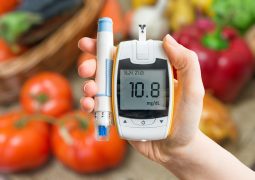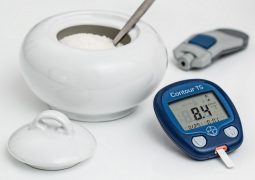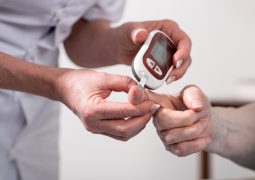Samples for your research and development
We offer various samples for research, including single donations (panels and bulks) for the validation of test systems. For this purpose, a selection of standard products with various indications such as Type I Type II is available.
The in.vent products are for research or manufacturing purposes only and are therefore not intended for direct therapeutic or diagnostic use in humans or animals. Furthermore, we follow the highest ethical standards in the procurement of samples. If you have any questions in this regard, please do not hesitate to contact us!




Why is research into diabetes important?
Worldwide, approximately 425 million people suffer from this illness. If the numbers as feared by the IDF (International Diabetes Federation) increase, there could be about 629 million worldwide in 2045.
Type I: is a chronic autoimmune disease with an absolute insulin deficiency. The body’s own immune system destroys the insulin-producing β cells of the pancreas.
Type II: is a disorder in which insulin is present, but cannot work properly at its destination, the cell membranes (so-called insulin resistance).
Our portfolio includes the following Biomarkers:
- Insulin Autoantibodies (IAA)
- Icelet Cell Antibodies (ICA)
- Glutamate-Decarboxylase Antibodies (GADA)
- Tyrosine-Phoasphatase Antibodies (IA2)
Composition and documentation of Diabetes samples
Our samples consist of native human bio-material without additives. All titres are based on current availability. In addition, we provide detailed information for each product, including: titer, volume, matrix, shelf life, test kit and test manufacturer. For single donors, we also add information such as age, gender of the donor and the measured laboratory result.
Furthermore, you have the possibility to send us individual enquiries regarding matrix, volume and biomarker. Our Inquiry Form is available for this purpose.